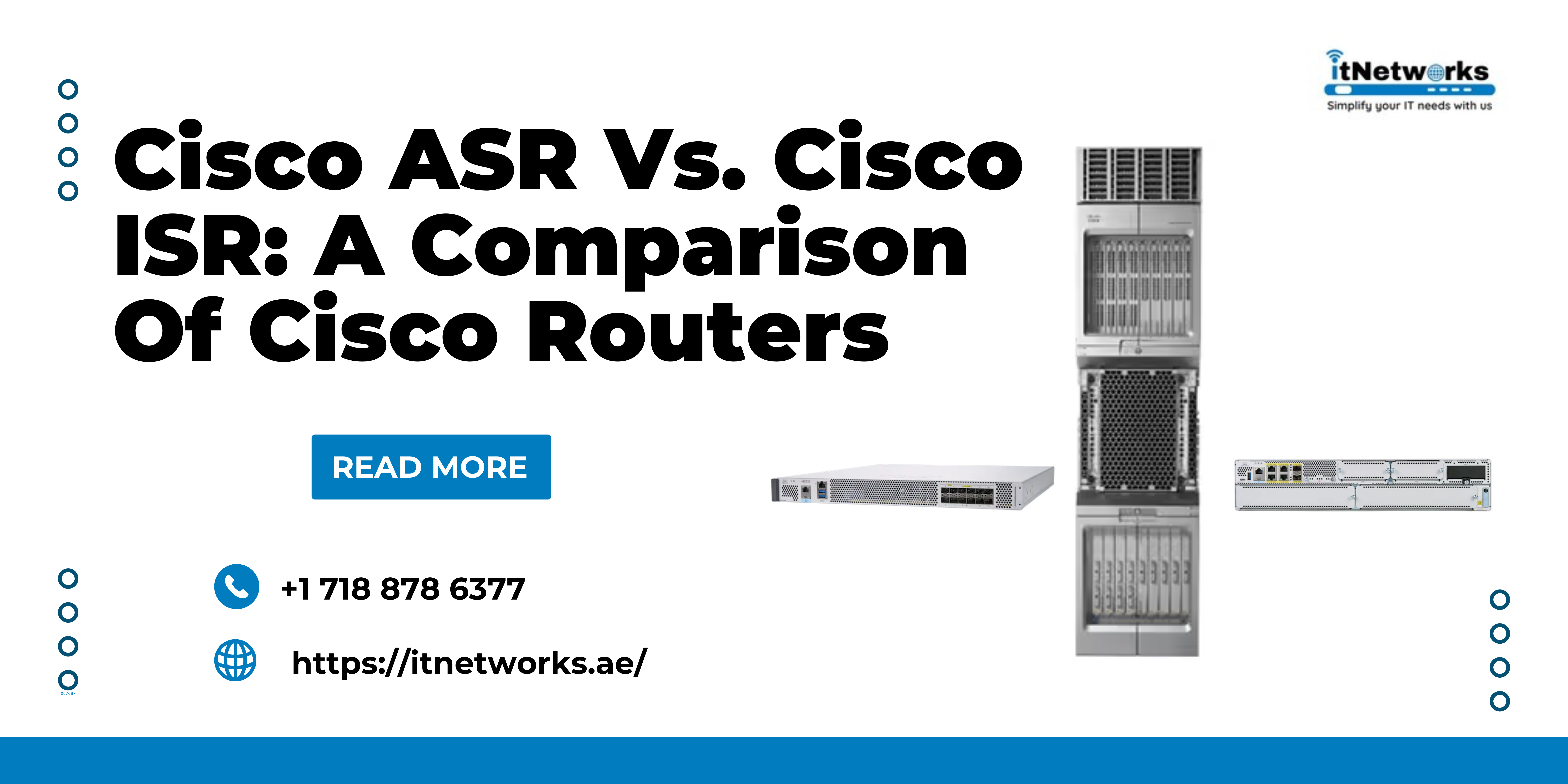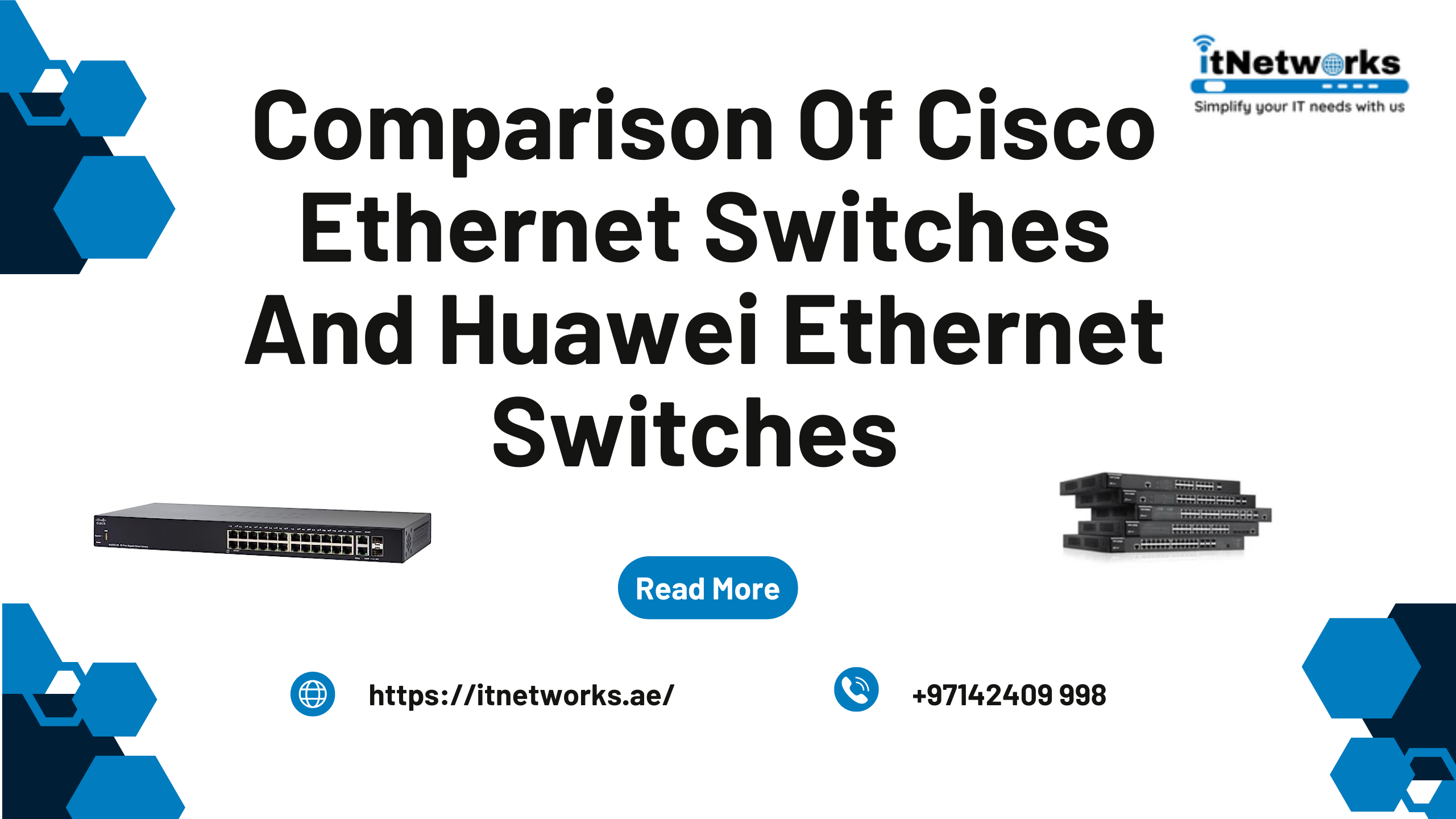Cisco SFP GLC-LH-SM vs. GLC-LH-SMD: Which One Should I Buy?
One of the most commonly used SFP modules is GL-LH-SM, which is a Cisco 1000Base LX/LH SFP module. It is hot-swappable and can be plugged directly into the SFP/GBIC interface port or slot in your router and switch for Ethernet & Fiber Channel network applications. However, Cisco ended the support for GL-LH-SM and replaced it with GL-LH-SMD.

What is GL-LH-SMD?
GL-LH SMD is the successor of the GLC-LH-SM SFP module and this Cisco 1000Base-LX/LH SFP is made for single-mode fibers, as well as multimode fibers. It is compatible with the IEEE 802.3z 1000Base-LX standard. It operates on standard single-mode fiber optic links spanning up to 10km and up to 500m on any multimode fibers.
When it is used over legacy multimode fiber type, the transmitter must be coupled through a mode conditioning patch cable.
|
SFP Port Cabling Specifications |
||||||
|
Product |
Wavelength (nm) |
Fiber Type |
Core Size (μm) |
Modal Bandwidth (MHz* Km) |
Operating Distance (m) |
|
|
1000BASE-SX |
850 |
MMF |
62.5 |
160 (FDDI-grade) |
220 (722 ft) |
|
|
62.5 |
200 (OM1) |
275 (902 ft) |
||||
|
50 |
400 (400/400) |
500 (1,640 ft) |
||||
|
50 |
500 (OM2) |
550 (1,804 ft) |
||||
|
50 |
2000 (OM3) |
1000 (3281 ft) |
||||
|
1000BASE-LX/LH |
1310 |
MMF* |
62.5 |
500 |
550 (1,804 ft) |
|
|
50 |
400 |
550 (1,804 ft) |
||||
|
50 |
500 |
550 (1,804 ft) |
||||
|
SMF |
-** |
- |
10,000 (32,821 ft) |
|||
|
1000BASE-EX |
1310 |
SMF |
-** |
- |
40,000 (131,234 ft) |
|
|
1000BASE-ZX |
1550 |
SMF |
- |
- |
Approximately 70 km depending on link loss |
|
|
|
||||||
|
(GLC-ZX-SMD) |
||||||
|
1000BASE-BX-U |
1310 |
SMF |
-** |
- |
10,000 (32,821 ft) |
|
|
1000BASE-BX-D |
1490 |
SMF |
-** |
- |
10,000 (32,821 ft) |
|
GLC-LH-SMD is a 1 Gbps transceiver and has a fixed speed of 1 Gbps only.
An Overview of Cisco GLC-LH-SM and Cisco GLC-LH-SMD
Cisco 1000Base SFP transceivers are commonly and widely used by a huge number of Ethernet users. You can easily find 1000Base-LX/LH SFP transceivers on the market, such as Cisco GLC-LH-SM, GLC-LH-SM-RGD, and GLC-LH-SM-20. They operate on a standard single-mode fiber-optic link that spans up to 10km and multimode fibers that span up to 500m.
Among these transceivers, Cisco GLC-LH-SM and GLC-LH-SMD are two types of 1Gbps SFP transceivers that are more commonly used by Ethernet users. But, how do GLC-LH-SM and GLC-LH-SMD differ from each other? What similarities do they have? Which one should you select? Let’s find out.
Cisco GLC-LH-SM
The Cisco GLC-LH-SM 1000Bas-LX/LH Ethernet transceiver is a duplex SFP transceiver widely used in the optical communication sector. It fully adheres to Multi-Source Agreement (MSA), allowing it to function with other third-party networking equipment that is also in compliance with MSA.
This optical transceiver can transmit data at speeds up to 1.25 Gb/s over a distance of 10km on single-mode optical fiber.
It utilizes a 3.3 Volt power supply and works the best way in ambient temperature conditions that range between 0 degree Celsius and 50 degrees Celsius. The connector type is dual-LC, while GLC-LH-SM’s Class 1 Laser operates at 1310nm wavelength.
This transceiver does not have digital optical monitoring capability. You can use it with 1000Base-LX/LH Ethernet and Gigabit Ethernet.
Cisco GLC-LH-SMD
The GLC-LH-SMD module is typically designed for single-mode fiber and like GLC-LH-SM, it also operates at 1310nm wavelength. Its transmitter section uses a DFB laser and offers data rates up to 1.25 Gbps and up to 10km over single-mode fiber optic cable. It interfaces duplex LC connector interface. Its working temperature lies in the commercial temperature range of 0 degree Celsius to 70 degrees Celsius. It complies with MSA SFP specifications. Besides, it also has Digital Diagnostic Monitor support which is very handy in a digital optical monitoring capacity.
It can interface with dual LC/PC connectors and is widely used in Storage, IP networks, and LAN.
What is the difference between GLC-LH-SMD and GLC-LH-SM?
The most basic difference between GLC-LH-SMD and GLC-LH-SM is that GLC-LH-SMD has Digital Diagnostic Monitor support. Another key difference is that GLC-LH-SM needs to be connected with a duplex LC patch cable and GLC-LH-SMD supports a duplex interface. The Digital Diagnostic Monitor (DDM), also called Digital Optical Monitoring (DOM), is an industry-wide standard, developed to define a digital interface to access real-time monitoring on:
- SFP module’s temperature
- Receiver power
- Transmitter bias current
- Transmitter
Cisco SFP and SFP+ optical transceivers, both have DDM Interface (DDMI). This interface provides real-time access to the operating parameters of the device. In addition, it also includes a system of alarm and warning flags that alerts the host system when particular operating parameters get out of the factory-set range.
What similarities do GLC-LH-SM and GLC-LH-SMD have?
As mentioned above, Cisco GLC-LH-SM and GLC-LH-SMD have many similarities and this is why so many people get confuse between them. For instance, they have the same transmission distance, media type, and operating wavelength. Both of them support IEEE 802.3 1000BASE-LX/LH standards and are compatible with each other. Hence, they are also interchangeable.
Cisco GLC-LH-SM vs. GLC-LH-SMD: Which one should I buy?
Both Cisco GLC-LH-SM and GLC-LH-SMD are similar in many aspects and compatible with each other. The only difference is that GLC-LH-SMD has DOM support, which makes it a better choice than GLC-LH-SM. SFP with DOM is best for transceiver and system protection. Thus, when it comes to buying BASE1000 SFP transceivers, you should choose Cisco GLC-LH-SMD for your application.
To purchase GLC-LH-SMD at affordable prices in the UAE, please connect with us via WhatsApp at +971585811786.





